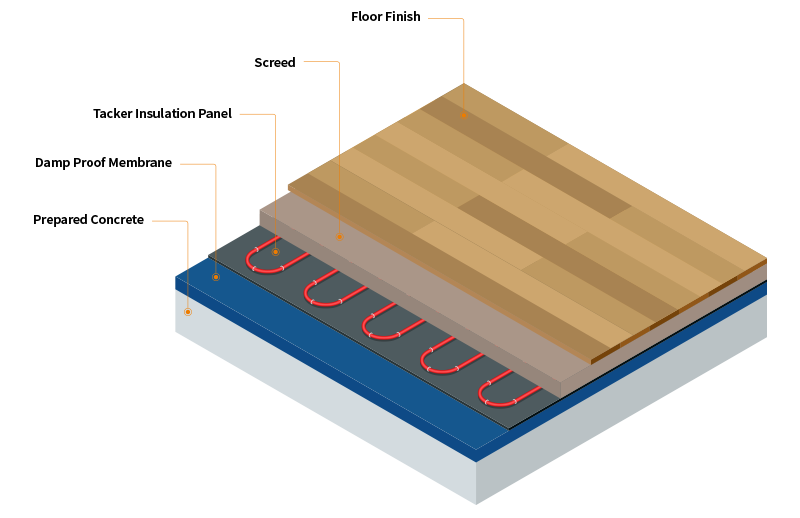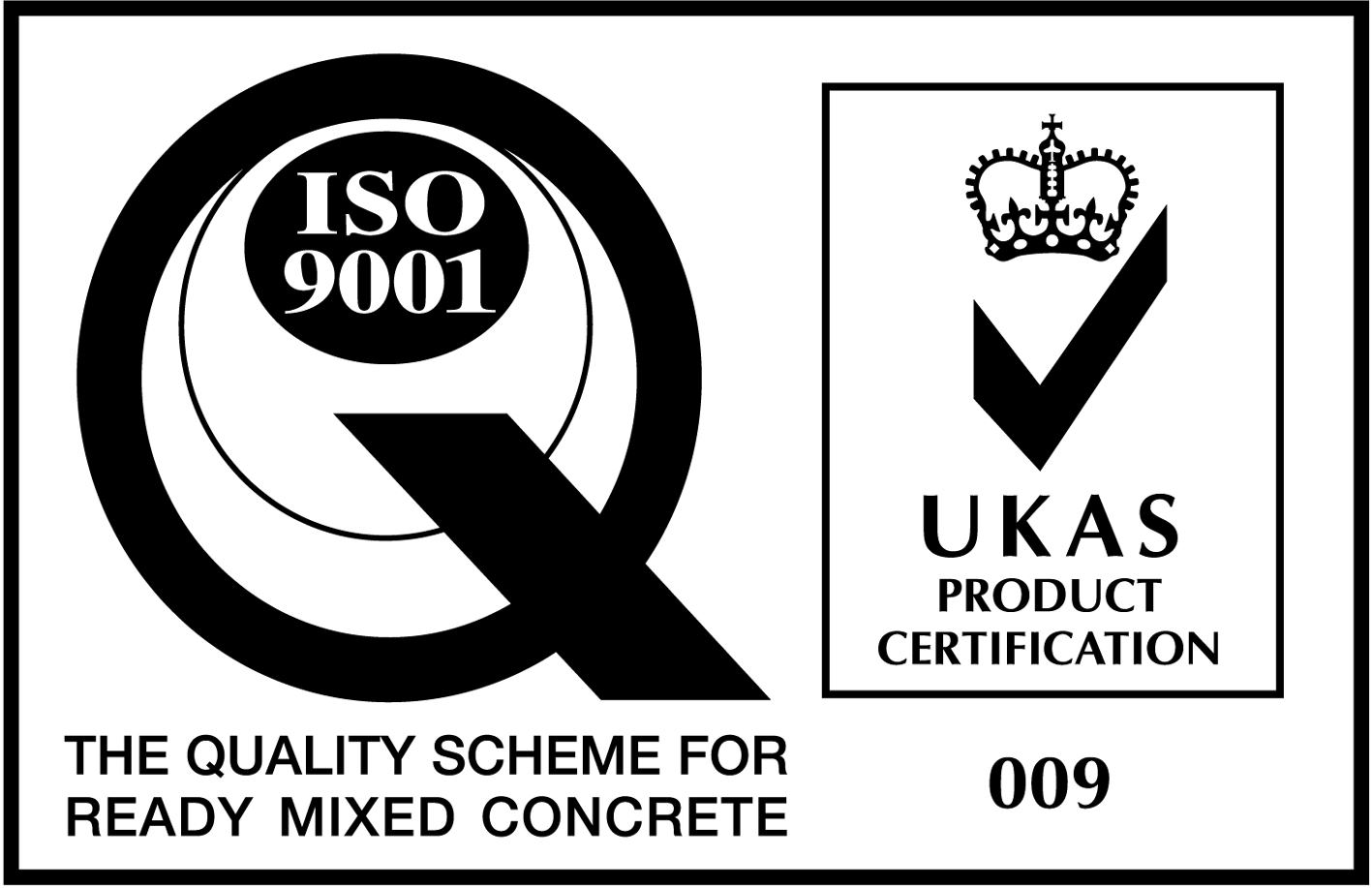Screed – What is it and How is it Different from Concrete?
If you’re undertaking a construction project, having the right type and amount of materials is necessary if you’re going to avoid setbacks that can delay the completion of the work. Concrete is synonymous with construction, but screed is less well known outside of the industry, but nevertheless it can be a very important aspect of a build. In this piece, the Total Concrete team are going to look at what exactly screed is and how it can be useful for you.
What is it?
Screed is a thin layer of material that is placed on top of a concrete subfloor. Usually, screed consists of cement and sharp sand, but where a more industrial version is required, coarse aggregates can be added to create a thicker layer. The layer of screed is often covered with a decorative finish, but in some cases, such as warehouses, it is left bare to perform as the finish itself. This is often done in environments where scuffs and marks are to be expected, but it can be used as a stylish flooring choice as well – the faux-industrial look is a popular one.

What are concrete and screed used for?
Concrete and screed serve different but complementary purposes in construction. Concrete is the go-to material for heavy-duty tasks — think bridges, skyscrapers and foundations. Its strength and durability are unparalleled, making it ideal for structural elements that need to withstand substantial weight and challenging environmental conditions.
On the flip side, screed is usually applied to give a smooth finish to concrete floors, although it can also be used for thermal or acoustic insulation. It’s a common choice in residential applications — such as underfloor heating systems or polished indoor floors — and commercial settings like warehouses. Put simply: while concrete provides the muscle, screed adds the finesse.
What are the different types of screed?
There are three main types of screed, and their usage depends on the type of base being used for the application. The three types are:
Bonded – this can be applied directly to the concrete base. As the name suggests, it is ‘bonded’ to the base using a bonding agent. This is a common method for environments where heavy loads are expected and where there is no room for use of unbonded screed.
Unbonded – this can be laid on top of a damp proof membrane. Unbonded screed is at least 50mm thick, and the fact it is not bonded to the main structure means that settlement and shrinkage risks are reduced.
Floating – used as a layer of insulation material. This type of screed is most common where underfloor heating is present, and the thickness of floating screed is around 65mm and 75mm, for lightly and heavily-loaded floors respectively. If using a calcium sulphate screed, 35mm depth will be sufficient for domestic use, and 40mm necessary for commercial applications.
Looking for high-quality concrete for your project?
Concrete SuppliersWhat is the difference between screed and concrete?
The difference between concrete and screed lies in their function: concrete is used for strength, whereas screed is used to finish floors as a top layer. They’re both made from a mix of aggregates, cement and water, but concrete has a coarser consistency, with screeds using fine aggregates to aid its appearance as a finishing layer.
Screed is an important part of any construction project that requires a floor to be laid. Choosing the correct type can be crucial to the success of your project – from the insulation properties of floating screed to the space-saving nature of bonded screed, each one offers its own benefits.
Do concrete and screed look different?
Yes, there’s a noticeable difference between concrete and screed, particularly in texture and finish. Concrete has a rugged, rougher appearance due to the coarse aggregates involved. It’s this robust nature that lends itself well to foundational works, structural elements and load-bearing applications.
Screed, in contrast, possesses a smoother, more refined surface, partly because it employs finer aggregates. Its role is chiefly cosmetic, aimed at delivering a more pristine finish, which gives the floor not just functionality but also aesthetic appeal.
Whether you’re aiming for the organic, unfinished look of a loft or the sleek, modern lines of a contemporary home, your choice between concrete and screed will matter immensely.
Total Concrete are proud to provide the highest quality concrete and screed for customers across Surrey. For more information about what we do, please contact us today and we’ll be more than happy to help.
Want to find out more about screed? Have a read of our article – Everything you need to know about screed
 Trade Zone
Trade Zone
